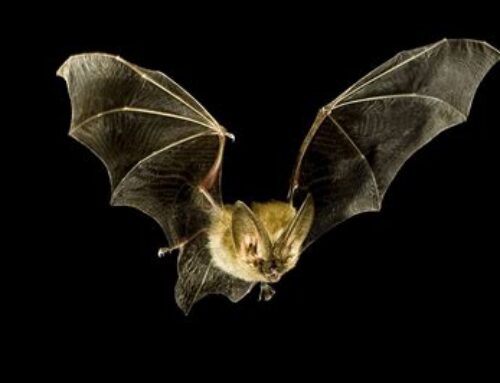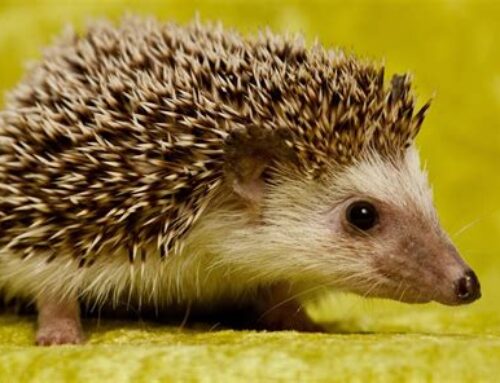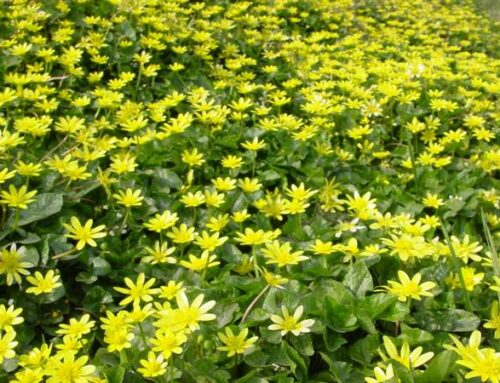Sparrows!
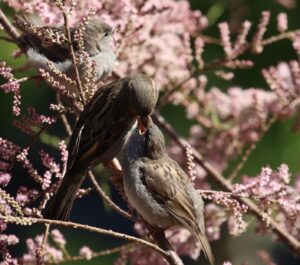
Many years ago I was a parent helper at a summer holiday club for children. One of the activities I thought of and helped to organise was for children to try a bit of woodwork and build their own bird boxes.
Of course, we needed to build some prototypes and had to finish off those abandoned or unwanted and these became the first of my Air BNB garden properties. One of these originals is still in use
National Bird Box week closely follows the RSPB Big Garden Birdwatch and is timed for Valentine’s Day when birds can be seen pairing up and investigating their prospective new homes.
World Sparrow Day though is coming up on March 20th – and this also happens to be World Frog Day!
Over the years, as I’ve seen the huge breeding success in my garden my bird box tally has increased somewhat from those first few and I can now offer accommodation to 45 pairs of birds. I realise I am lucky to have a detached house which means more wall space and when we had an extension built even more wall space!
The majority of my boxes are occupied by house sparrows who really do seem to like living alongside us.
They are sociable busy birds and seem to have a huge amount to say to each other – their chattering may be your morning alarm call in the summer.
There is a lot of information online about dimensions and where to site boxes so I won’t repeat that here but just share what I have learned.

Sizes of holes are important- if the hole is too big, predators are able to get in and snatch chicks (eg magpies) this is made even easier for them if you have a perch on the front.
The rough wood of the box is easy for small birds to cling onto and they don’t need a perch.
I learned quite soon that one side of the house got too hot so is not now used. Another side of the house is shaded by a tall tree and blue tits much prefer this so the boxes on this side have smaller holes for them– but only two. Unlike sparrows blue tits value their privacy and don’t like nosy neighbours However if a sparrow pair is short of accommodation they will actually peck around the edge of the hole to enlarge it
We have all spent more time at home recently and a huge source of pleasure for me has been watching the antics of my co-dwellers.
Young and old alike can take pleasure in watching the courtship, nest scouting and preparation, the parents taking in food , doing some housework and mucking out. As the babies grow they will be sticking their heads out of the nest and calling for their parents to bring the next meal to THEM not their brothers and sisters.
Then the day will come when you realise the youngsters have left the nest and are waiting in trees or bushes to be fed. They are recognisable by the yellow flange around their beaks enabling then to open wide!
But for the parent birds it’s back to square one. They have the box now at least but mating, egg laying and brooding not to mention nest maintenance will start all over again. Many of my boxes will have 3 or even 4 broods of chicks in a season.
Sparrows as you probably know are in decline generally for a variety of reasons, but I do feel I’ve done my part and you can too
Accommodating so many birds means I do have to provide food as well- adult sparrows like seed but will collect insects for their babies. This then means thinking about what is grown in the garden- I now grow only plants which support wildlife. I have log piles, a small pond and leave my grass to grow long around the edge. All of these things encourage more wildlife which makes more food for your house mates. Also don’t forget to leave out fresh water for drinking and bathing for the adults- the babies get their liquid from fresh caterpillar and insect juice! There is a very obvious knock on effect here, other birds notice the sparrows and think they must be on to a good thing. Though they don’t nest here starlings come in large flocks when their babies are fledged and I provide these with dried meal worms. Of course starlings are not the only ones to notice the fast food stop. Sparrow hawks visit and are sometimes successful in their raids- they have babies to feed too.
My nest box lessons learned are :
If you can, make them yourself– they are fairly straightforward if you’re that way inclined. (I’m not but know someone who is!) and full details can be found here:
Boxes do not need a perch and they should not be painted or varnished. Many of the boxes you can buy especially from garden centres or non-specialist shops are actually unsuitable and will not last nearly as long as a home-made one.
It may be a little late in the season now but any time is good to put up a box. There could be a homeless young sparrow couple who haven’t yet found anywhere and will be very grateful. Even if not used this year it will be there for them to get used to – birds are naturally suspicious of new boxes or feeders and can take a while to check them out. They will be used in winter too for shelter and birds will claim them in advance of spring.
It is also possible to buy boxes with cameras installed so you can watch what’s going on inside – your very own Springwatch. I have been tempted but have resisted as nature can be cruel and I’d rather not get emotionally involved or feel I needed to interfere!
Sparrows like to live near to each other but they don’t seem to like the sparrow terraces that you can buy where three rooms are contained in the same box. They may choose to nest in the middle but the end ones are only used in desperation. Some couples actually seem to take over the whole box and pop in and out of all the rooms.
You don’t need to make any sort of nest inside, they will collect their own grass, leaves, moss and feathers. And STRING -they love it. Please do not leave pieces of twine or string lying around the garden. Even those that are bio–degradable will not degrade over the course of one nesting season. Sadly I have found birds strangled as they try to leave the box and most years I remove pieces of string hanging out of boxes. Animal fur, or scraps of sheep’s wool gathered on walks can be left out but I do not leave the contents of my hairbrush as is sometimes suggested as this too can wrap around a neck or leg and cause serious problems.
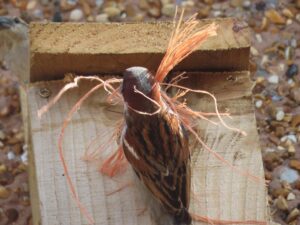
Don’t use tumble drier fluff either as it can contain residue from detergents and quite possibly micro –plastics.
Don’t let them get too hot– don’t choose a wall that gets the full heat of the sun or your birds will quite literally bake.
I hope some of you will be encouraged to get bird- boxing – this is a great way to introduce children to the natural world and a source of endless fascination.
You may be thinking I’m a bit of a crazy bird lady – yes I am and I’ll bear that title with pride!
But you really don’t have to go as crazy as me or have a big garden to help wildlife – any patch will do.
Let’s all go wild, map our garden metres, make green corridors and put nature first!
WANT TO FIND OUT MORE?
Greenhavens Network regularly runs talks throughout the year bringing interested people together, anyone can attend. On the 3rd March we will be looking at how our local landscapes are managed and will learn all about our pollinators and what we can do to help.
To book your place and to see the other talks we are offering please visit – https://www.eventbrite.com/o/karen-rigby-faux-29584162591




